Comet 24P/Schaumasse reaches perihelion on 8 January 2026, when it should reach an integrated magnitude of +9.9.
At this time, the comet will be traversing the region to the south of Arcturus, when an early morning session with a small telescope…
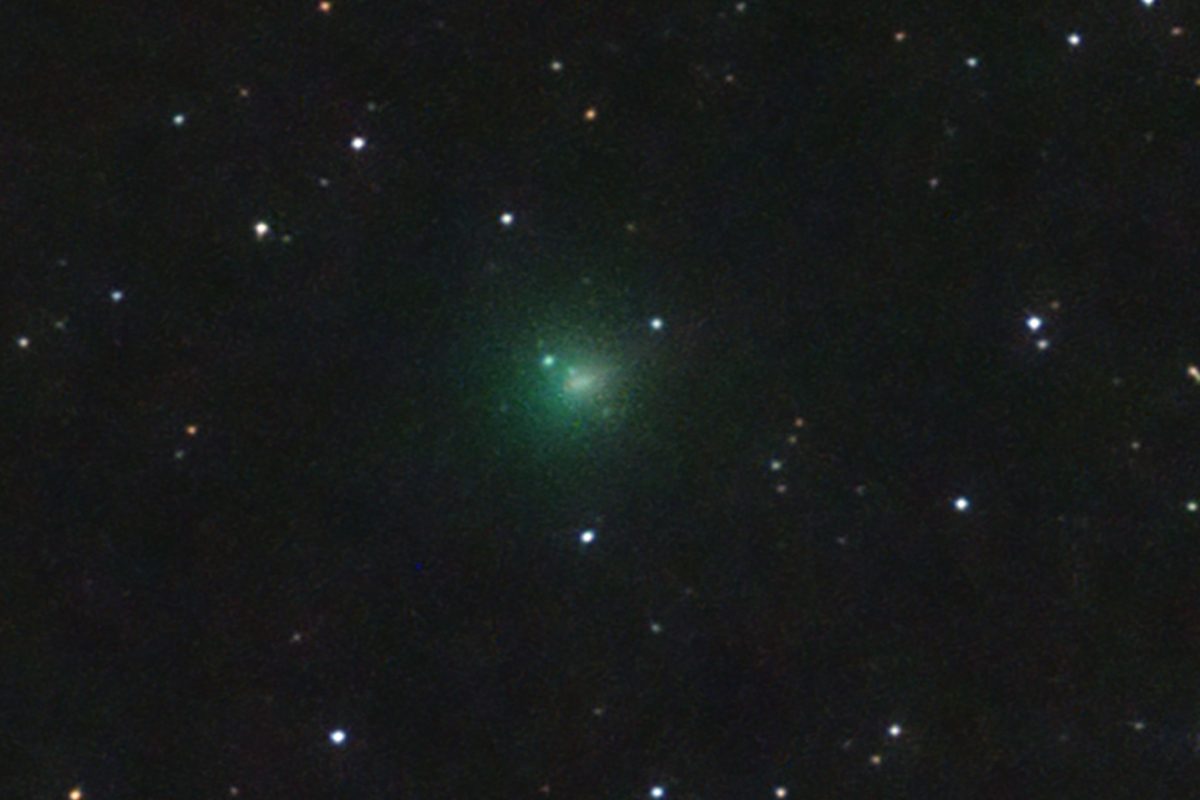
Comet 24P/Schaumasse reaches perihelion on 8 January 2026, when it should reach an integrated magnitude of +9.9.
At this time, the comet will be traversing the region to the south of Arcturus, when an early morning session with a small telescope…
LOS ANGELES, Jan. 8 (Xinhua) — NASA Administrator Jared Isaacman said Thursday that the agency has decided to bring the crew of its latest mission aboard the International Space Station (ISS) back to Earth ahead of schedule after one of the…
BEIJING, Jan. 9 (Xinhua) — A new international study reveals that the world’s oceans absorbed more heat in 2025 than in any other year since modern record-keeping began.
Published Friday in the journal Advances in Atmospheric Sciences, the…
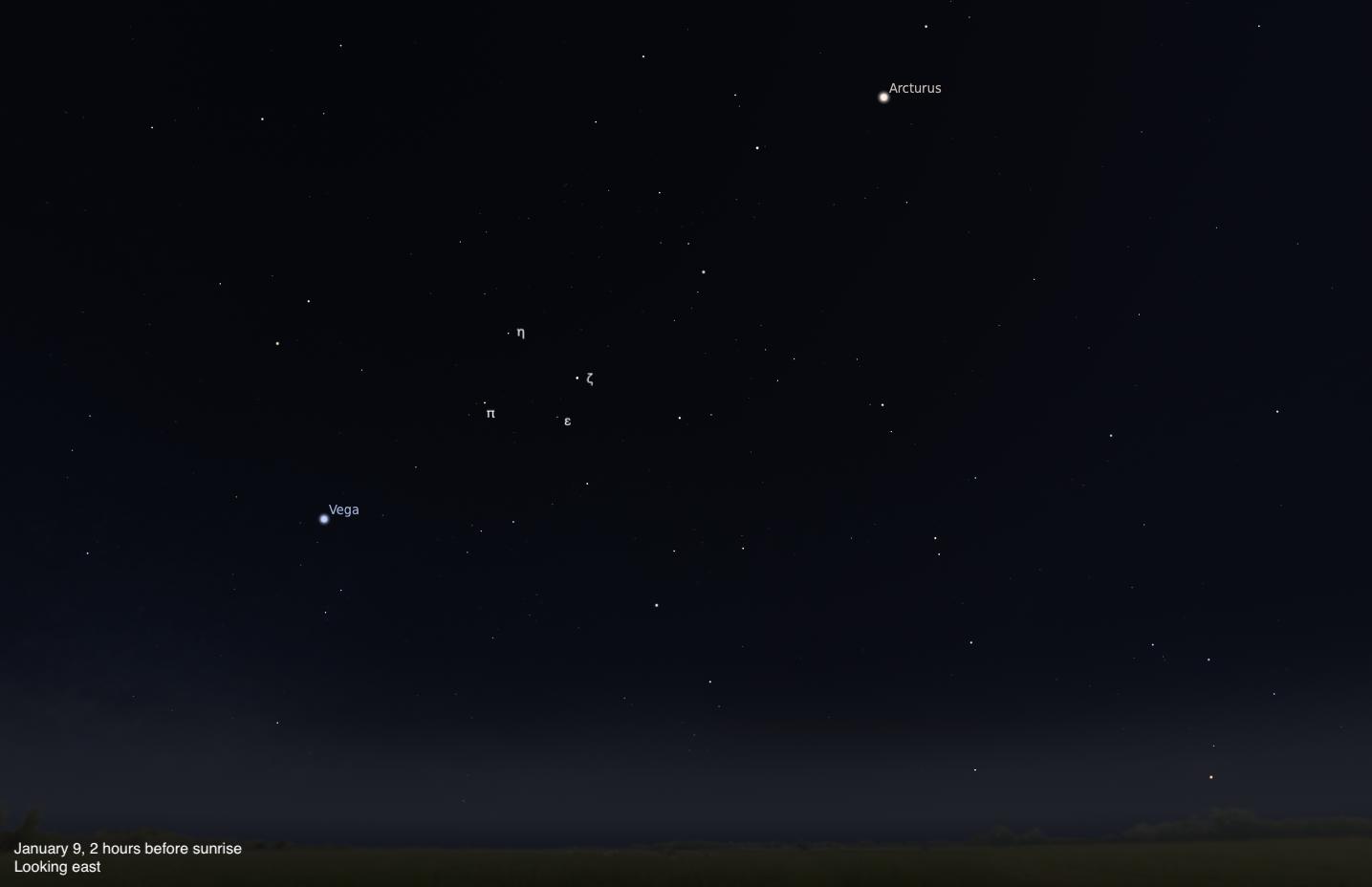
This famous asterism at the heart of the Strongman is visible in the early-morning sky this month before sunrise.
The Keystone of Hercules is visible…

Make Believe | Ages 6 and up, with help from a grownup
Your “drone” can soar through rings and dodge obstacles. Your goal is to deliver a package…

The Royal Observatory Greenwich has officially opened entries for ZWO Astronomy Photographer of the Year 2026, the world’s premier astrophotography competition – and this year’s contest is shaping up to be bigger than ever.
With entries…

The world’s oceans absorbed colossal amounts of heat in 2025, setting yet another new record and fuelling more extreme weather, scientists have reported.
More than 90% of the heat trapped by humanity’s carbon pollution is taken up by the…
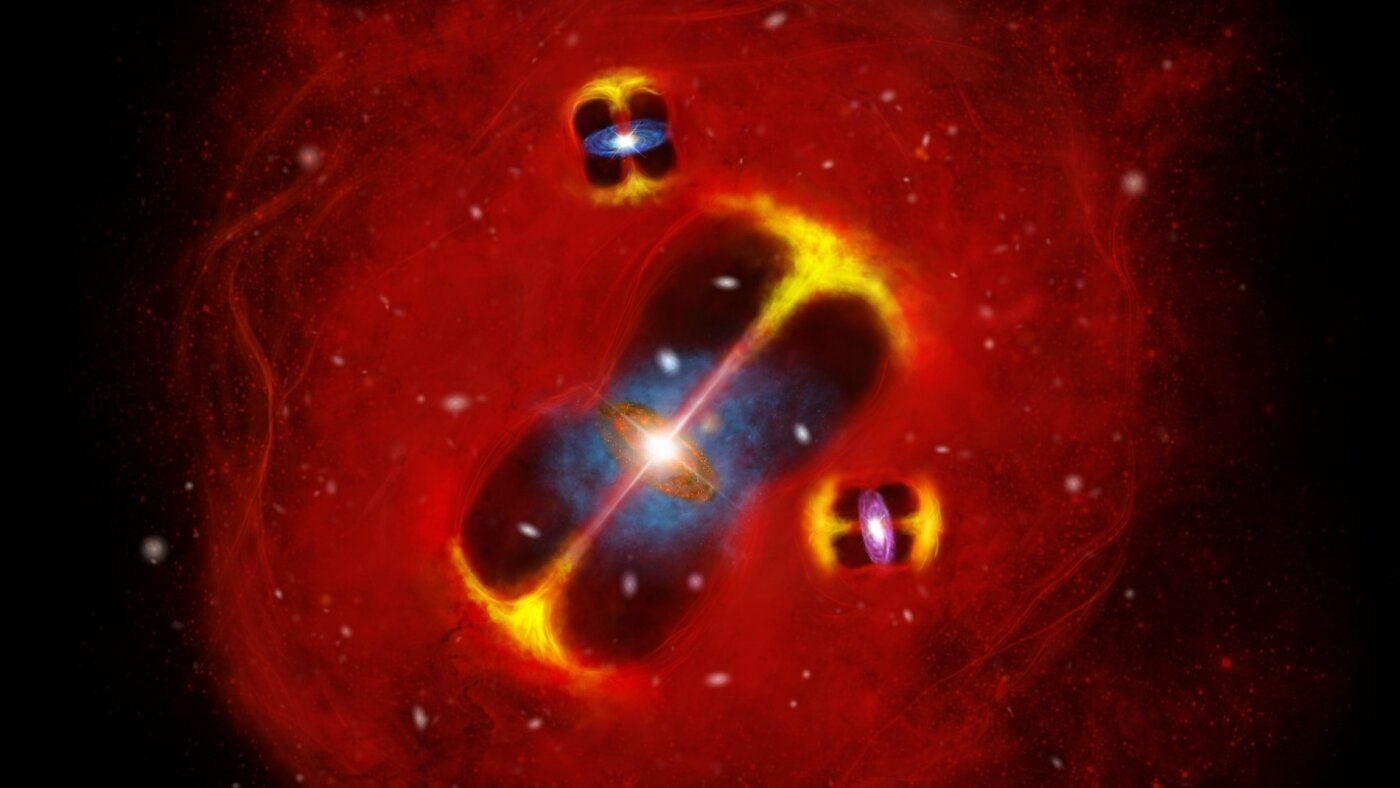
An artist’s rendering of this young galaxy cluster, SPT2349–56, which researchers found was hotter than the surface of…
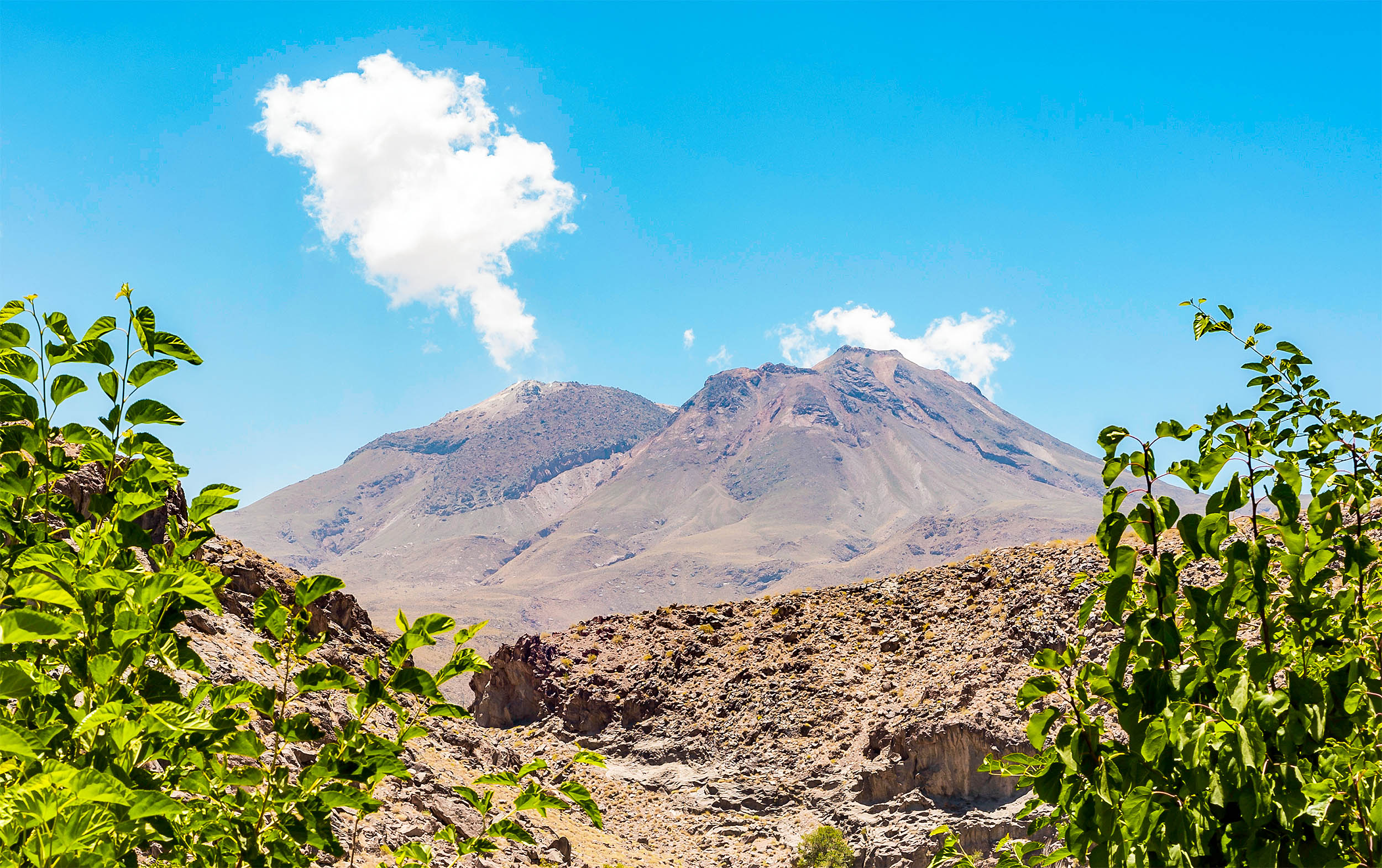
A volcano in southeastern Iran has nudged upward by about 3.5 inches (9 centimeters) in 10 months. This might sound like a small rise but it has big significance.
A new study used satellite data to spot the change and argues that pressure is…
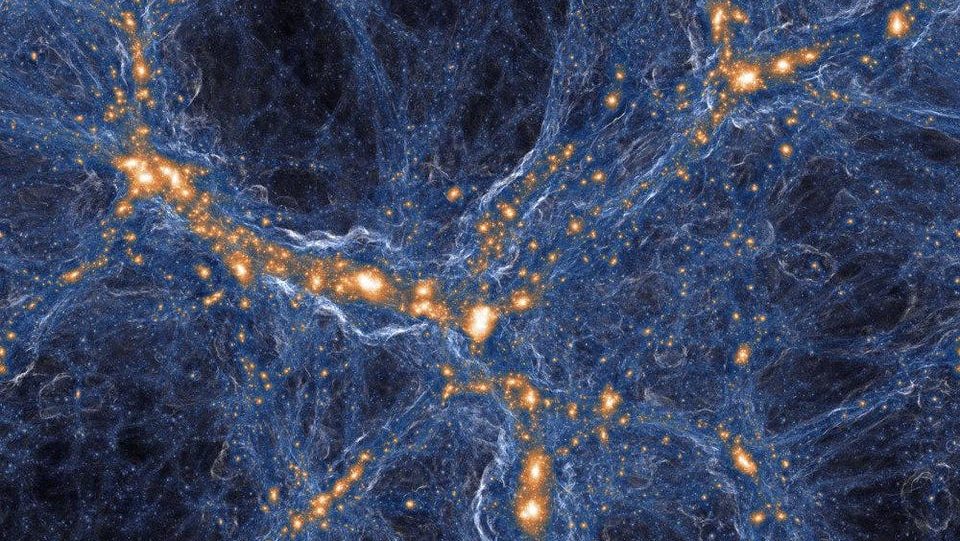
Sign up for the Starts With a Bang newsletter
Travel the universe with Dr. Ethan…